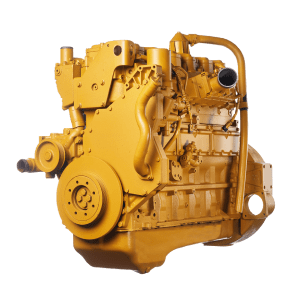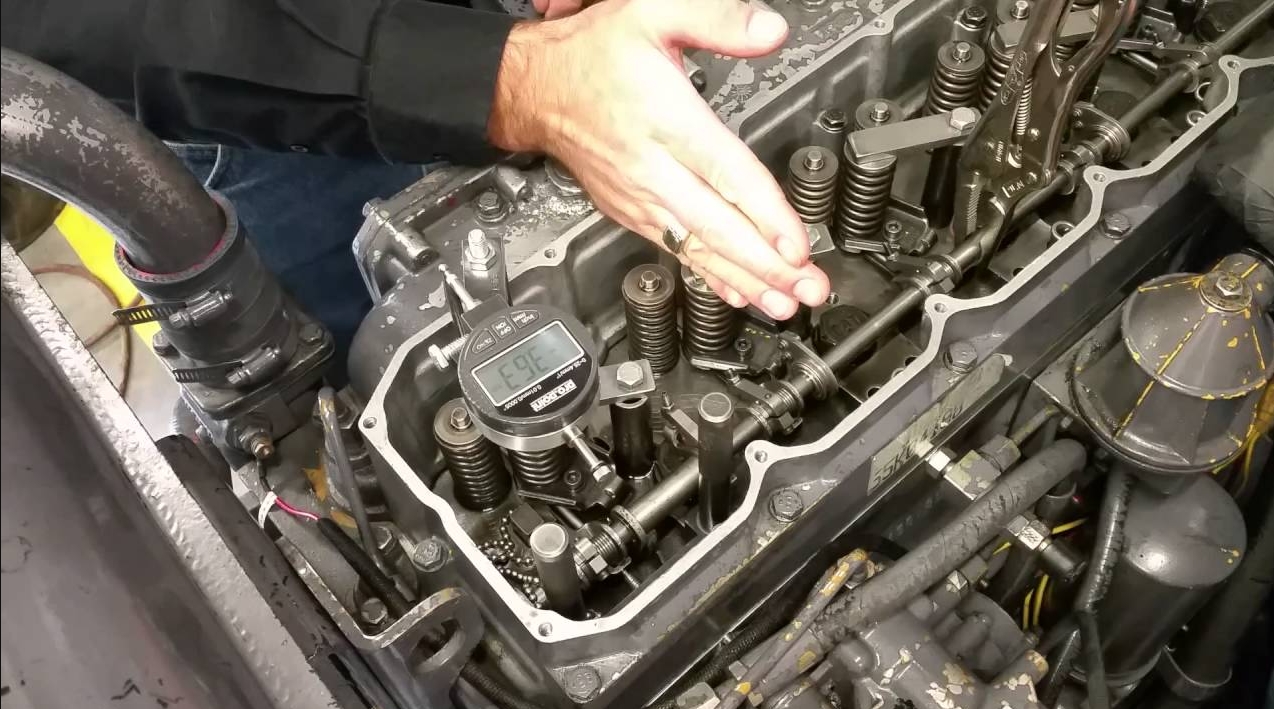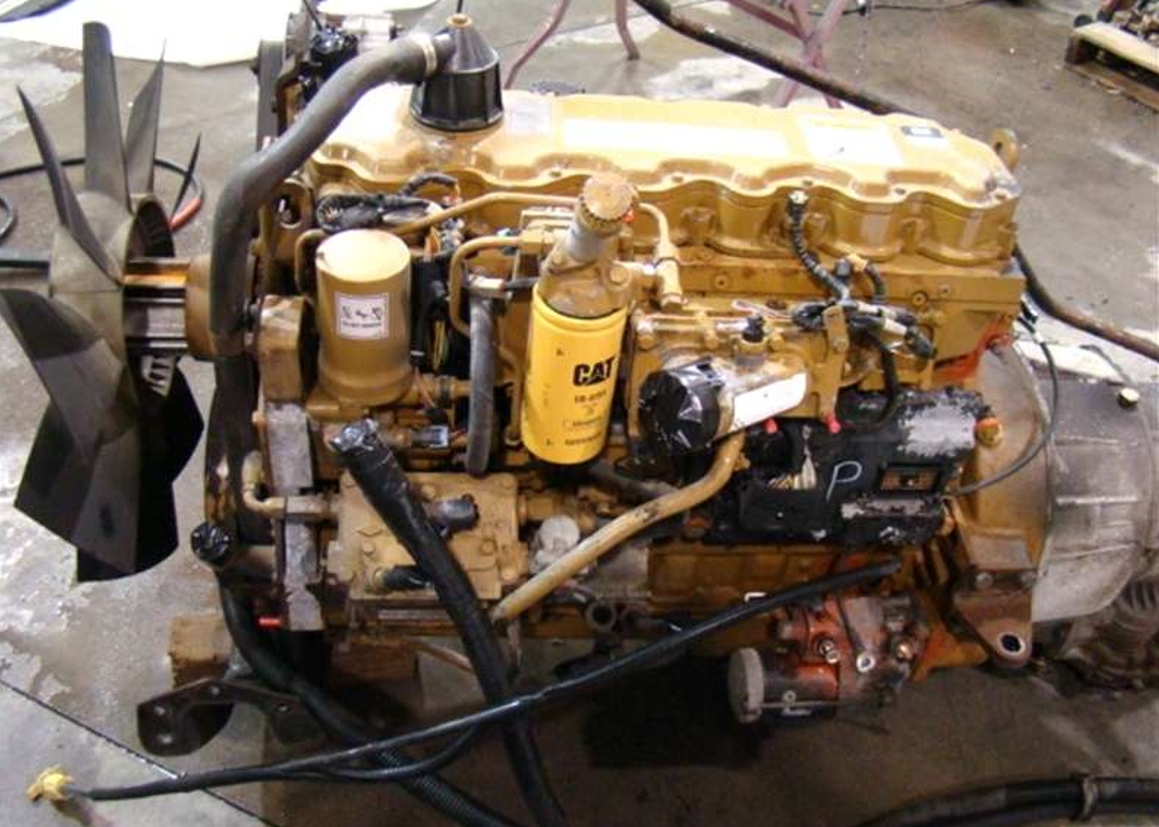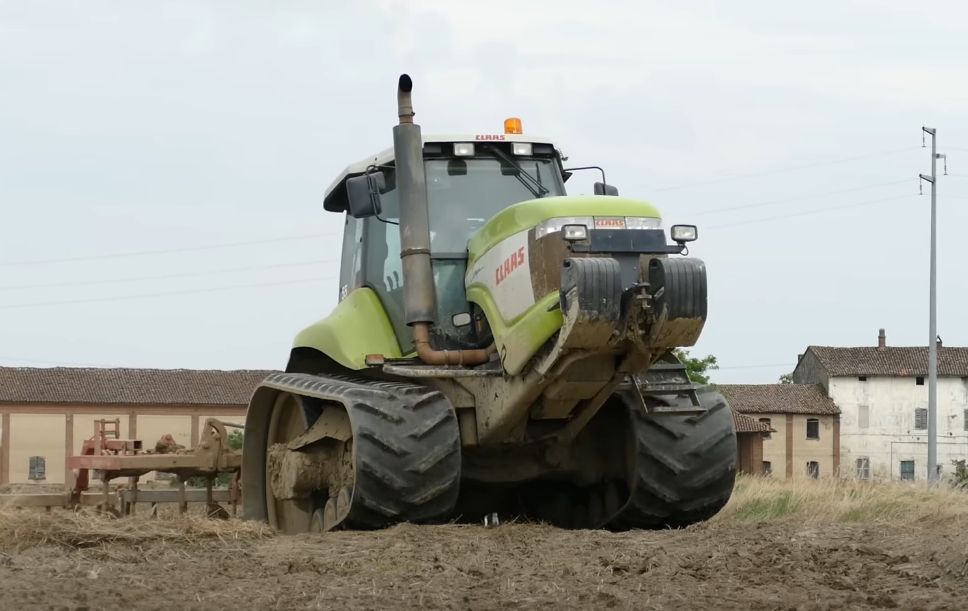CAT skid steer loaders (commonly referred to as “Skids”) are very popular in the construction industry. On large construction projects, they are used as auxiliary machines, and in smaller-scale works – as the main ones (e.g. work related to the preparation of the ground or laying paving stones).
Increasingly, however, Skid Steers are also chosen by farmers, because on the one hand they are ideal for specific work in certain conditions (e.g. tight buildings), and on the other hand they provide great opportunities resulting from the number of working tools.
Advantages of the design – maneuverability and lifting height
The advantages of the design of skid steer loaders relate to the characteristic drive system, i.e. independent wheel / track drive on both sides of the machine. The tremendous maneuverability is due to the fact that the wheels / tracks on the left side can turn in the opposite direction to those on the right, so the turning radius of the machine can be zero. Of course, smoother turns are possible when, for example, one side stops and the drive is only active on the other side. All this results in high productivity of the machine: short work cycles, minimization of redundant trips and saving fuel.
Another advantage resulting directly from the construction of the loader is the lifting height in relation to its dimensions. The working arms are seated at the rear of the machine as far as possible and run all the way to the front of the machine. As a result, the loader, which is a very short machine, has a large lifting height at the same time.
Agricultural applications, work tools
The CAT skid steer loader, thanks to its maneuverability, is ideal for cramped livestock buildings.
Typical work with the machine is removing manure, transporting silage or straw bales, transporting pallets, bags with fertilizers, loading lower trailers or mulching.
However, the huge range of work accessories means that the CAT loader can be called colloquially a “tool carrier” and use its wide possibilities thanks to:
- Spoons: regular, openable, with a grapple
- Bale grapple
- Pallet forks
- Crocodiles
- Earth augers
- Hydraulic hammers
- Backhoe loader
- Plowshares (angular, bulldozers, snow plows)
- Sweepers (angle, collecting, universal)
- Mulcher
- Milling machines for the surface
- Tillers for profiling the area
- Rakes for profiling the area
- An arm for transporting and reloading materials
- Shredding heads
- Cultivators, graders and mechanical rakes
- Snow throwers
- Grubbing heads
- Ditch heads
- Vibrating rollers
- Circular saws
Drive type and lifting system – differences
CAT skid steer loaders can be equipped with either wheels or tracks. Another distinguishing feature is the lifting system (vertical or radius, so-called rotary). First, let’s focus on the differences resulting from the type of drive:
Wheels
A machine equipped with wheels will perform better on hard ground and can reach higher speeds. It has an attractive purchase price and low operating costs.
Caterpillars
The tracked loader moves more efficiently on marshy terrain. It is also much more stable on slopes. The caterpillars provide less pressure per unit area and cause less damage to the ground.
The choice between wheels / tracks and the type of lifting allows you to optimally select the machine both for the terrain conditions and the type of work that will prevail.
Models, features and functions of CAT skid steer loaders
The CAT offer includes a wide range of models, ranging from the smallest, with an operating weight of 2,600 kg and a power of 67 HP, to large models with a weight of 5 tons and 110 HP. The key advantages of the machines are:
Engine and drive
The torque is electronically controlled, ensuring maximum performance when you need it, while saving fuel. The optional two speeds and the crawler function allow you to optimally select the operation of the drive system for the application (e.g. working with a mulcher which requires a low driving speed, but a high hydraulic flow). Additionally, the operator can adjust the aggressiveness of the driveline.
Hydraulic system
High power and reliability as well as high lift and breakout forces are hallmarks of the hydraulic system of all CAT loaders. With the optional advanced display, the operator can adjust the aggressiveness of the arm and implement movements. The intelligent self-leveling system works both when the arms are raised and lowered, and the “return to dig” function sets the bucket to a previously memorized position each time. The optional ride control function increases operator comfort, protects the load from dumping / dump, and reduces the overload transmitted to the machine.
Advanced display
The optional advanced display allows you to adjust many machine settings to the needs of the operator and the type of work, including:
- Aggressive movements of the arms and accessories
- Drive aggressiveness
- Creep function control
- Adjusting the speed of activation of the shoulder suspension (ride control)
- Security codes – operator profiles
- Reversing camera
Operator comfort
Despite the compact size of the machine, operator comfort is a priority in CAT loaders. The interior of the cabin is spacious, the pneumatic seat and joystick control make the work comfortable and the controls intuitive. The cabin is airtight and airtight, and optional air conditioning increases comfort on warm days.




